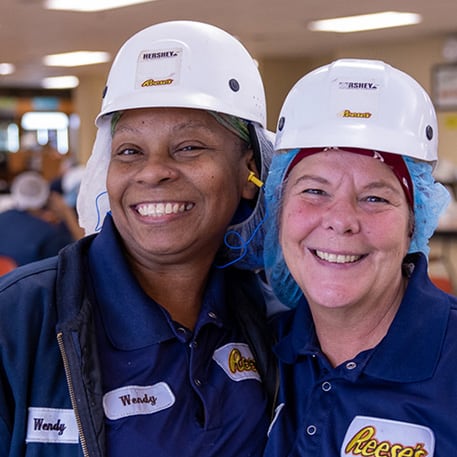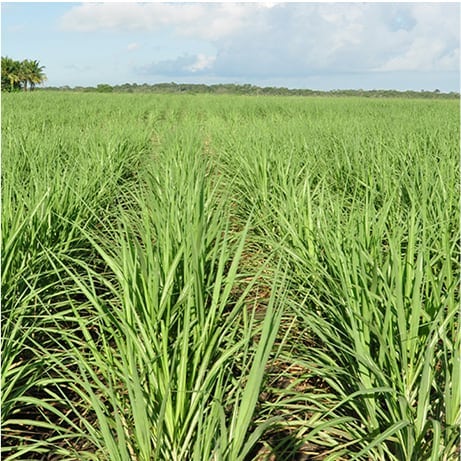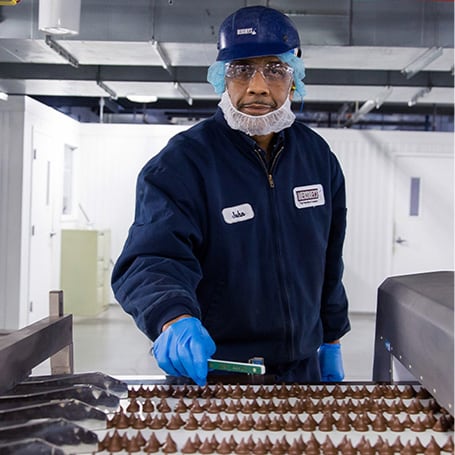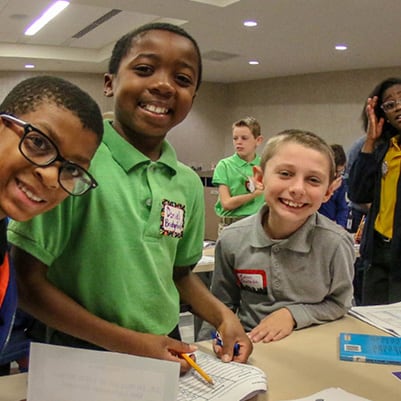Child Labor
Too many cocoa farmers and their families continue to live in poverty, without the access to education, healthcare and financial services that they need to thrive. Limited economic opportunities in rural areas can lead to many challenges, including inappropriate child labor.
We are committed to eliminating inappropriate child labor in our supply chain, working with governments, suppliers and farming communities to prevent and remediate these issues. This requires tackling root causes by improving farming families’ livelihoods, supporting health and wellbeing in cocoa-growing communities and increasing access to quality education.
We engage with leading children’s rights experts to enhance our work and apply what we have learned from years of investing in programs in cocoa farming communities to achieve greater impact. We collaborate with communities, governments, NGOs and experts for better outcomes for children through:
- Improving livelihoods of farming families
- Enhancing the quality of education
- Providing community resources such as water, health and child protection services
Understanding Child Labor in the Cocoa Sector
Hershey defines child labor according to the International Labour Organization (ILO) definition. Child labor is work that:
- Is mentally, physically, socially or morally dangerous and harmful to children and/or
- Interferes with their schooling
- Some work performed by children, such as helping their parents around the home and assisting in a family business, is not classified as child labor. Such activities are sometimes referred to as “light work.”
The worst forms, putting children at the greatest risk, are the highest priority for elimination. Most instances of inappropriate child labor involve tasks such as carrying heavy loads like firewood or water, contact with agrochemicals or clearing land with sharp tools.
Child labor is distinct from forced labor, which the ILO defines as:
Situations in which persons are coerced to work through the use of violence or intimidation, or by more subtle means such as accumulated debt retention of identity papers or threats of denunciation to immigration authorities.
As a member of International Cocoa Initiative’s Forced Labor Sub-Group, we are working with our peers and technical experts to advance knowledge, skills, and action on preventing, monitoring, identifying and addressing forced labor in cocoa supply chains.
Child Labor Monitoring and Remediation System
In addition to tackling root causes, we address instances of child labor in cocoa farming communities through the Child Labor Monitoring and Remediation System (CLMRS), the leading method of child labor detection and remediation for children aged 5-17 years. CLMRS are implemented in local communities in Côte d’Ivoire and Ghana.
CLMRS: A Closer Look
CLMRS has four key elements: Prevention, Detection, Remediation and Reporting. Under CLMRS, members of local farmer groups and our suppliers’ staff are trained to detect and report instances of child labor. A community-level child protection committee is also equipped to do the same. As trusted community members, both groups are in the best position to raise community awareness, identify cases of child labor and implement the most appropriate practices to remediate those cases. In many instances, something as simple as providing children with school supplies or family farms with a wheelbarrow, clean cook stoves or better tools can have a positive impact. By improving farmers’ ease and efficiency of completing tasks around the farm, the need for children to lend a hand with more hazardous tasks is reduced.
Hershey sets forth Cocoa Key Requirements for suppliers, which means that CLMRS implemented by Hershey’s suppliers include at least the following core activities:
Awareness Raising and Training
Raising awareness at community and household level, targeting both adults and children, remains important because children are less likely to perform inappropriate farm tasks when farmers and their families understand exactly what constitutes child labor.
Monitoring and Identification
Trained individuals conduct active and regular monitoring, through repeated visits to households in the supply chain.
Provision of Support
Children identified in child labor, and others at risk, receive support. This includes activities to remediate current child labor cases and prevent future ones, cooperating with relevant public institutions that have a mandate to provide such support when possible.
Updates and Progress
As of December 2024, CLMRS covers 95% of Hershey cocoa volumes in Cote d’Ivoire and Ghana.
129,111 children were covered by CLMRS in 2024.
10,631 children were identified as doing inappropriate work and are in process of remediation
7,428 children were found to no longer be doing inappropriate work at the most recent follow-up visit or have aged out of the CLMRS program. An important aspect of CLMRS is to permanently remediate instances of child labor.
Remediation Details
3,181 School kits distributed in 2024
243 Birth certificates
51 Classrooms renovated
For more information on our progress toward our goal to achieve 100% coverage by CLMRS of farming households producing Hershey’s cocoa volume in Cote d’Ivoire and Ghana, read our upcoming Responsible Business Report.



